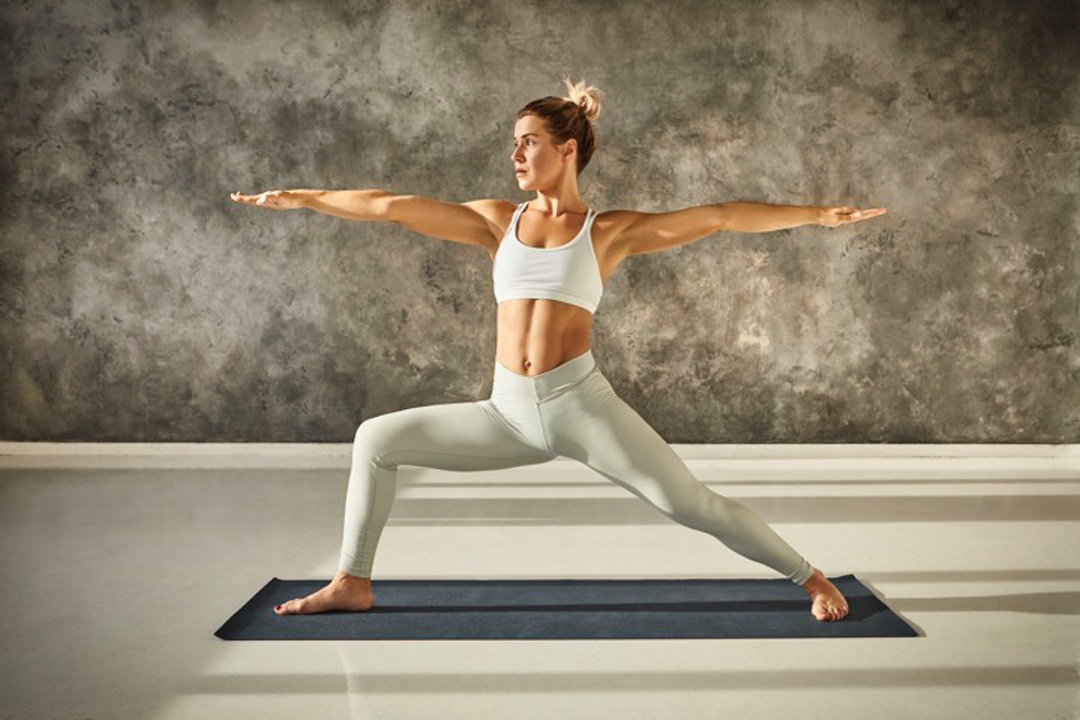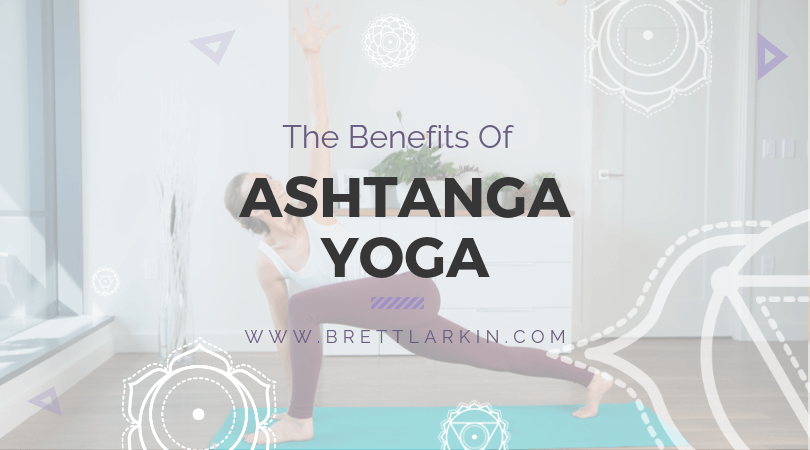What is Ashtanga Yoga? Benefits of Ashtanga Yoga

Are you familiar with Ashtanga Yoga? I’m sure you have heard about this. India is the land of yoga, and Yoga is classified into many which among one is Ashtanga yoga. Of the many yoga forms, Ashtanga has a reputation for being one of the most athletic. Are you curious to read this article on Curious Port? Do read till the end!
A small insight on Ashtanga Yoga..
Ashtanga Yoga is known as power yoga.
Ashtanga yoga involves poses that flow from one to the next.
However, what sets Ashtanga apart is that you perform the same poses, or asanas, in the same order, for the same breath count, every time you practice. The word Ashtanga comprises of two Sanskrit words, “Ashta” and “Anga.” “Ashta” refers to the number eight, while “Anga” means limb or body part. Therefore, Ashtanga is the union of the eight limbs of yoga, into one complete, holistic system.

The Ashtanga philosophy is to integrate all of the eight limbs of yoga, which include: Yama (moral codes), Niyama (self-discipline), Asana (posture), Pranayama (breath control), Pratyahara (sense withdrawal), Dharana (concentration), Dhyana (meditation), and Samadhi (oneness with the self).
The full routine, called the primary series, lasts around 90 minutes. Every movement you make has a corresponding inhale and exhale as well as a visual focal point called a Drishti.
For example, before beginning a forward fold, exhale fully as you bend, looking past your nose as you go and holding the pose for exactly five breaths before moving to the next pose.
Ashtanga posture sequences:
Usually, students begin an Ashtanga practice with five repetitions of Sun salutation A and Sun salutation B . This is followed by a set of standing poses, in 5 repetitions. After you have mastered these three pose sequences, your instructor will guide you through the advanced series, Advanced A, and Advanced B, Advanced C, and D.
History of Asthanga Yoga:

Evidently, Yoga- Ashtanga was made by Krishnamacharya in the early 20th century as a practice for young people. Sun salutation movements are thought to have been influenced by the exercises of Indian wrestlers and gymnasts.
Undoubtedly, the Ashtanga routine demands fitness, flexibility, and focus, which can create a calming, yet the sweaty form of moving meditation.
You should strive to practice at home or in a studio, even if you are not able to do the full routine at first. 6 days practice)
Five Ashtanga poses to try:
Total Duration – 90 minutes
1. Forward Bend
How to do it:
- While standing, place your feet parallel and hip-width apart.
- Bend from the hips.
- Place your hands on the floor next to your feet.
- Focus your eyes towards the tip of your nose.
Quick tip: If you aren’t flexible enough to touch the floor yet, place your hands on yoga blocks or on your shins as you work toward reaching the floor in this challenging stretch.
2. Extended Triangle
How to do it:
- While standing, place your feet 3.5 to 4 feet apart, with your right foot turned out and left foot turned slightly inward.
- Extend your arms to the side in a T shape.
- Bend at your hips to the right, reaching towards your right toe.
- Focus on the fingertips of your raised hand.
Quick tip: Place your hand on your outer thigh, calf, or yoga block if reaching your toe is too challenging.
3. Extended Side Angle
How to do it:
- While standing, place your feet about 3.5 to 4 feet apart, with your right foot turned out and left foot turned slightly inward.
- Bend your right knee to a 90 degrees angle.
- Bend to the right and place your right hand outside of your right foot, or gently on the right thigh.
- Swing your left arm straight over your head, in line with your body.
- Focus eyes on the fingertips of your raised hand.
Quick tip: Place a yoga block under your resting hand to support your lunge.
4. Wide Legged Forward Fold
How to do it:
- While standing, place your feet parallel about four feet apart.
- Bend forward at your hips.
- Reach hands behind your back with an option to lace your fingers together.
- Keeping your back straight, continue to bend forward until your head is pointing toward the floor.
- If your hands are clasped behind you let them hang over your head.
- Focus eyes on the tip of your nose.
Quick tip: Rest your head on stacked yoga blocks or books to ease the stretch.
5. Intense Side Stretch
How to do it:
- While standing, place your right foot 2.5 to 3 feet in front of your left and about hip-width apart.
- Bend at your hips over your front leg.
- Keeping your back as straight as possible, reach towards the floor on either side of your right foot with both hands.
- Focus eyes on the toes of your front foot.
What are the Benefits of Ashtanga Yoga?

- Improve flexibility. As with most forms of yoga, Ashtanga will gradually improve your flexibility over time.
- Increase strength.
- Increase muscle tone.
- Improve cardiovascular fitness.
- Reduce body fat.
- Reduce stress and anxiety.
- Increase focus and creativity.
- Lower blood pressure.
And So many more! you can only try to see the results that come through your life 🙂
Comment and Share this article if you like!